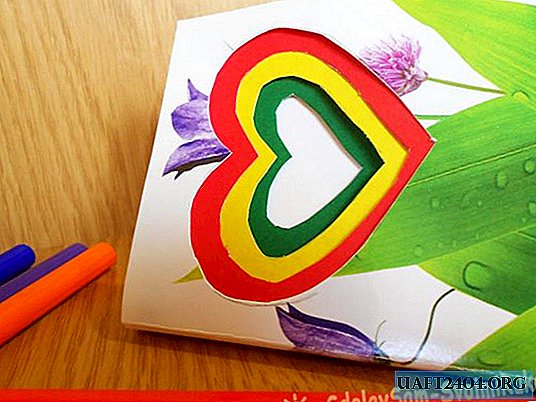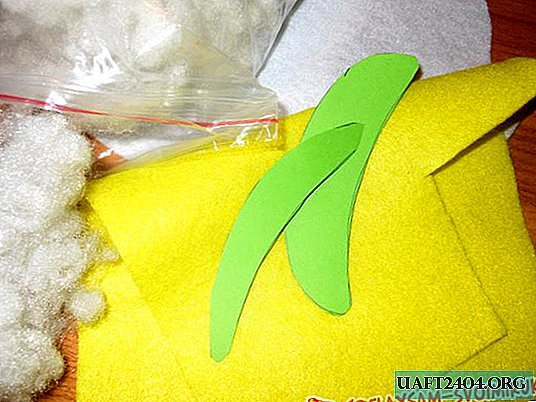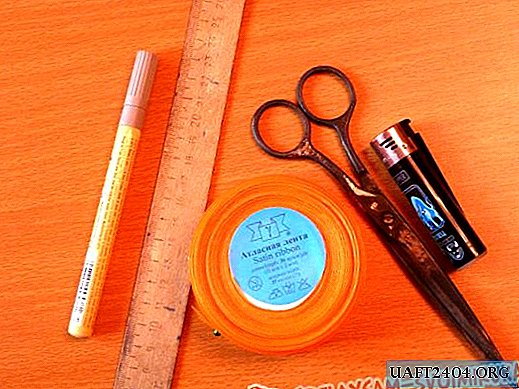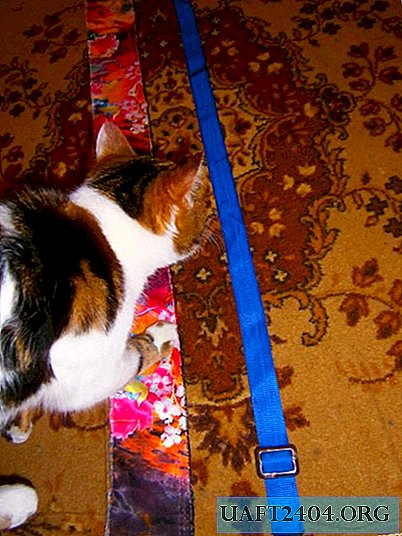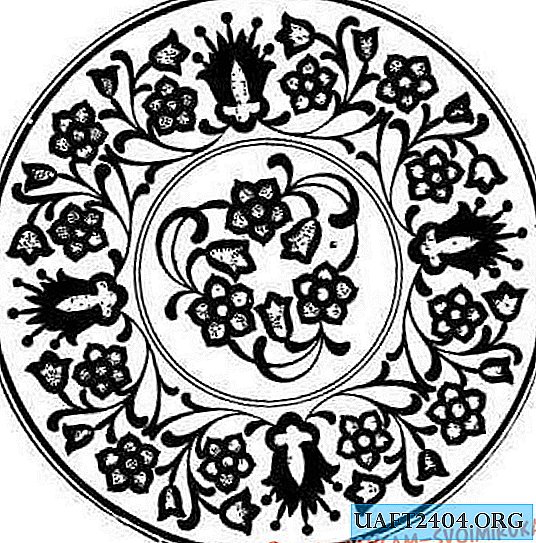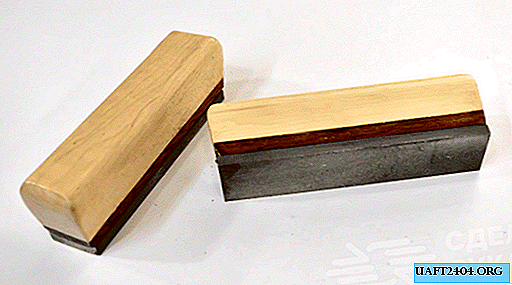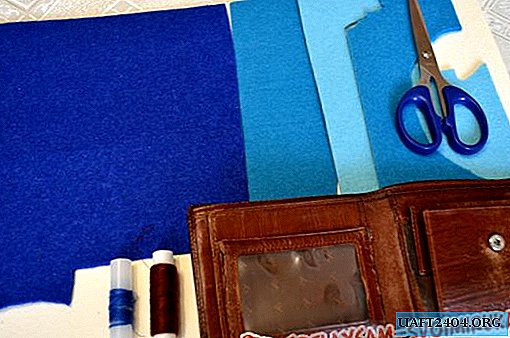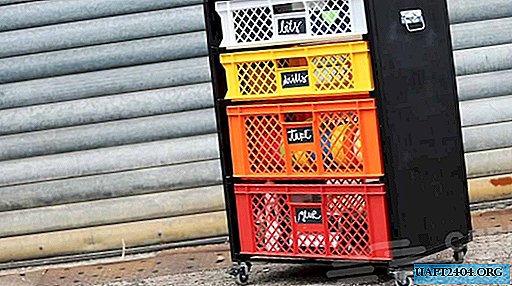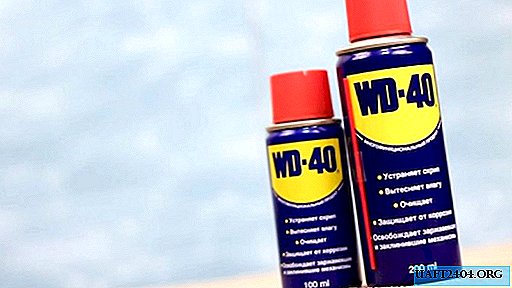
Many summer residents continue to fight grass on the site the old fashioned way - with their hands. However, for this you can use a homemade mechanized tool that will help to cope with the task much faster and easier. And to make it very simple from improvised materials.

Thanks to a simple (one might even say - primitive) design, everyone can make a tool for cleaning grass in a summer cottage or house adjoining area. Of the basic materials for this homemade product you will need: a piece of reinforcement with a diameter of 8 mm and a length of 50 cm, an M10 hairpin with a length of about 20-25 cm, five bushings (can be replaced with nuts).
You will also need to prepare four steel disks 2.5 mm thick and 150 mm in diameter with a central hole of 10 mm (instead of them you can use disks for the grinder), six M10 nuts and an old hand-saw blade on wood. Now you can proceed directly to the manufacture of the device itself.
The main stages of work: a step-by-step process
We clamp a piece of reinforcement in a vice and bend it with the letter "P". We twist two M10 nuts onto the stud and weld the ends of the fittings to them. Then we twist the hairpin a little (not completely), after which we put four disks on it, between which we insert the bushings. The excess part of the stud must be cut off with a grinder, leaving a small "tail" on both sides for fastening the locknuts.

Two M10 nuts must be welded to the top of the U-shaped structure. Then from a hacksaw on a tree we cut off a steel strip without teeth 40 mm wide. Clamp the resulting strip in a vice and bend with the letter "P", preheating the bending point so that the canvas does not burst. Then, in the resulting part, we drill two holes along the edges with a 10 mm drill.

We make the cutting edge on an emery or grinder, after which we fasten the knife from the strip to the reinforcement using bolts with nuts. To limit the stroke of the knife, we additionally weld two short pieces of reinforcement. At the last stage of work, a holder is attached to the finished structure.

